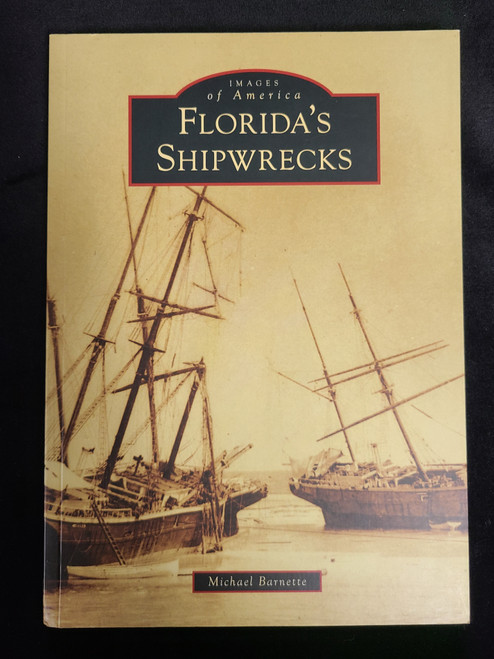Less than two decades after joining the Union, Florida became the third state to secede and join the newly formed Confederate States of America in 1861. After the firing on Fort Sumter the Florida peninsula became a battleground for both sides, a haven for deserters and Unionists, as well as a crucial source of supplies like salt and beef cattle. Union naval forces strove to strangle the stateís wartime economy by seizing blockade-runners while Federal soldiers, who held much of northeastern Florida, played havoc on the civilian population. Under such pressures Floridians fought their own civil war against the blue-clad invaders and against Union sympathizers and Confederate renegades. Although the smallest in terms of population, Florida sent over 15,000 men to the Confederate army, and Florida regiments served in both the eastern and western theaters of war. They gave valiant service in battles from Shiloh and Chickamauga to Antietam and Gettysburg. Such fighting decimated the ranks of Florida units and caused anguish for those left behind at home. These home front Floridians women, slaves, Seminoles, and Hispanics shouldered the heavy burdens of keeping families together and supplied with food. Their story of silent heroism and contributions to the rebel war effort are too often overlooked. And while the names of such Florida figures as John Milton, Pleasants W. White, Jacob Summerlin, or J.J. Dickison seldom appear in larger histories of the war, it was because of their efforts that Tallahassee was the only state capital east of the Mississippi River to escape Union occupation during the course of the war.






